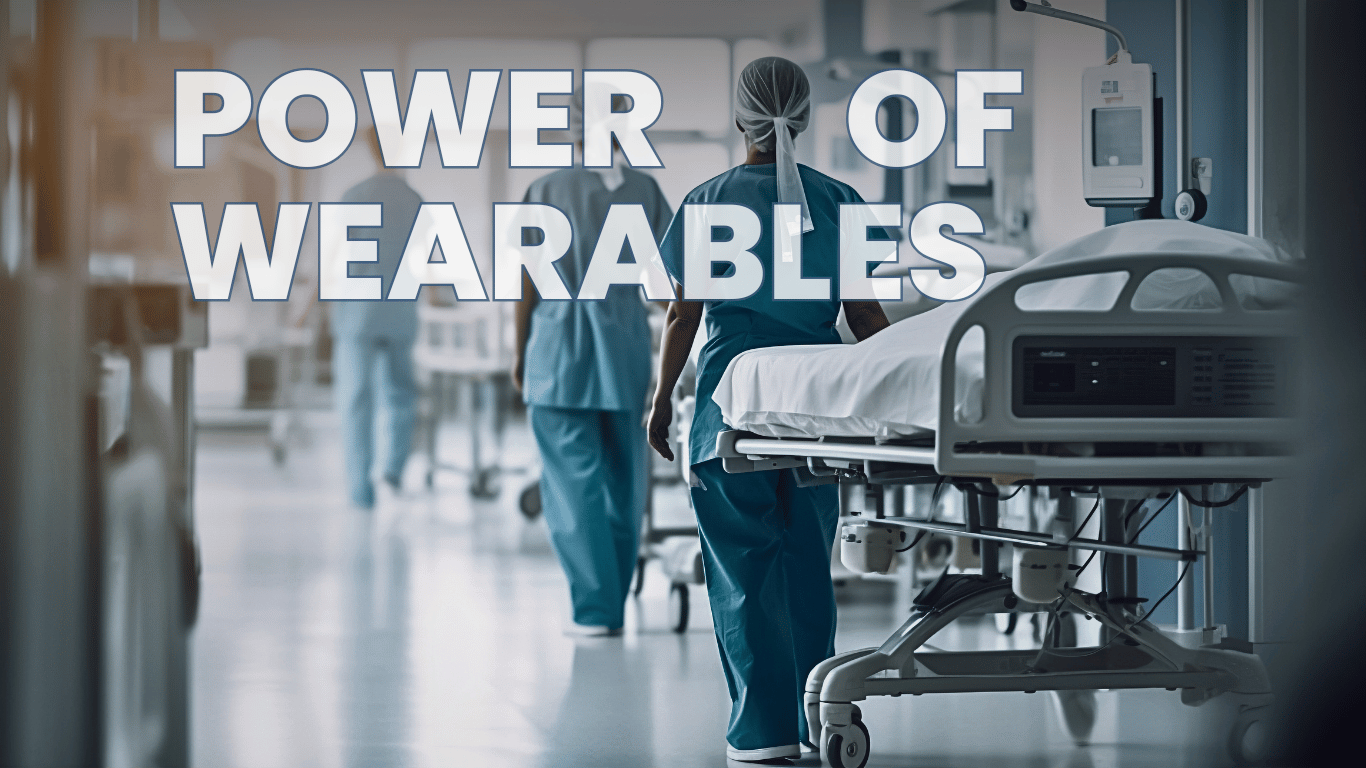Rapid Response: The Power of Wearables in Emergency & Critical Health Management

In the fast-paced world of critical care, Remote Patient Monitoring (RPM) is revolutionizing how healthcare providers monitor and respond to emergencies. Wearable devices, once simple fitness trackers, now serve as essential tools in Remote Patient Monitoring Devices. These devices enable comprehensive Vital Sign Monitoring, personalized care, and early intervention for patients in critical conditions. Whether in hospitals or at home, wearables are reshaping emergency healthcare and giving patients greater control over their well-being.
How Wearable Devices Are Transforming Critical Care
Wearable devices equipped with advanced sensors now provide continuous Vital Sign Monitoring, offering real-time data on heart rate, blood pressure, oxygen saturation, and more. These devices detect early signs of distress, such as arrhythmias or sudden drops in oxygen levels, enabling Remote Patient Monitoring Devices to trigger life-saving interventions.
For elderly or chronically ill patients at home, wearable technology provides an added layer of protection. These devices can sense potential emergencies, such as falls or respiratory issues, and alert healthcare teams immediately, allowing for swift responses. This innovation allows patients to remain safely at home while ensuring they receive high-quality medical oversight through Remote Patient Monitoring.
Key Advantages of Wearable Technology in Critical Care
- Continuous Monitoring for Real-Time Insights :Wearable devices provide 24/7 Vital Sign Monitoring, offering real-time insights into a patient’s condition. In critical care, even minor changes in vital signs can serve as early warning signals. Continuous monitoring ensures that healthcare teams can intervene before complications arise, improving outcomes.
- Remote Monitoring for Flexibility and Independence : One of the biggest benefits of wearable devices is their ability to monitor patients remotely. Remote Patient Monitoring allows patients to stay at home while receiving the same level of care they would in a hospital. For Nursing Stations, multiple patients can be monitored efficiently, providing flexibility without compromising on care quality.
- Early Detection for Timely Intervention: With continuous Vital Sign Monitoring, wearable devices detect early signs of complications such as respiratory distress or abnormal heart rhythms. By identifying issues at their onset, healthcare providers can intervene promptly, preventing severe outcomes and reducing hospital readmissions.
- Improved Communication and Collaboration :Wearable devices enhance communication between healthcare providers by delivering real-time data to all members of the care team. This ensures that doctors, nurses, and specialists are working with the most up-to-date information, facilitating quicker decision-making and improving patient outcomes.
- Emergency Response and Life-Saving Alerts :In critical emergencies, wearable devices can trigger instant alerts when a patient’s vitals fall outside safe parameters. This immediate notification to healthcare teams ensures a rapid response, often making the difference between life and death in critical situations.
Choosing the Best Wearable Solutions for Emergency Care
Several platforms excel in the field of wearable Remote Patient Monitoring Devices for critical care. Here are three leading solutions:
Dozee:
Known for its contactless monitoring, Dozee offers real-time tracking of heart rate, respiratory rate, and oxygen levels. Ideal for elderly or critical patients, Dozee provides continuous monitoring without the need for physical contact.
> Emergency Response Advantage: Detects early signs of health deterioration and triggers alerts for immediate intervention.
Vigocare:
Focused on ICU-grade monitoring, Vigocare continuously tracks heart rate, respiratory function, and SpO2 levels, making it suitable for critical patients requiring vigilant oversight.
> Economic Response Advantage: Real-time alerts notify healthcare providers of critical changes, ensuring life-saving interventions.
proRiTHM:
An AI-driven Remote Patient Monitoring Device, proRiTHM continuously monitors heart rate, blood pressure, and oxygen saturation. With advanced AI, it provides predictive insights for proactive care and early emergency detection.
> Economic Equality Impact: Combines AI with real-time monitoring, enabling comprehensive communication and rapid response.
How to Implement Wearable Technology in Critical Care
To successfully integrate wearable devices into critical care environments like hospitals, clinics, and Nursing Stations, healthcare providers should take the following steps:
-
- Choose the Right RPM Device: Evaluate the specific needs of your patients. Platforms like proRiTHM or Vigocare offer robust solutions for high-risk, critical care patients.
- Train Staff on Monitoring Systems: Healthcare teams must be well-trained in operating Remote Patient Monitoring Devices and interpreting real-time data to make timely, informed decisions.
- Educate Patients and Caregivers: For home-based care, patients and caregivers need to understand how to properly use wearable devices and respond to alerts, ensuring accurate Vital Sign Monitoring.
- Integrate Monitoring into the Care Workflow: Seamless integration of wearable devices into the hospital’s existing systems is essential for continuous, real-time patient data flow and improved communication between care team members.
The Future of Wearables in Critical Care
The future of wearable technology in critical care lies in further integrating AI and machine learning. AI-driven Remote Patient Monitoring Devices like proRiTHM will not only enhance emergency response but also enable proactive prevention of critical conditions. By utilizing AI for predictive insights, healthcare providers can anticipate emergencies and intervene before they escalate. This shift will lead to more personalized, data-driven care and improved patient outcomes.
A New Era of Critical Care
Wearable devices in critical care are not just innovations—they’re revolutionizing how healthcare providers manage emergencies. Platforms like Dozee, Vigocare, and proRiTHM offer continuous Vital Sign Monitoring, real-time data sharing, and life-saving alerts. By empowering patients to monitor their health and providing healthcare teams with the tools to intervene early, wearable technology is reshaping the future of emergency care.
The power of Remote Patient Monitoring Devices gives healthcare providers the ability to respond quickly and deliver life-saving care, changing the face of critical care forever.
